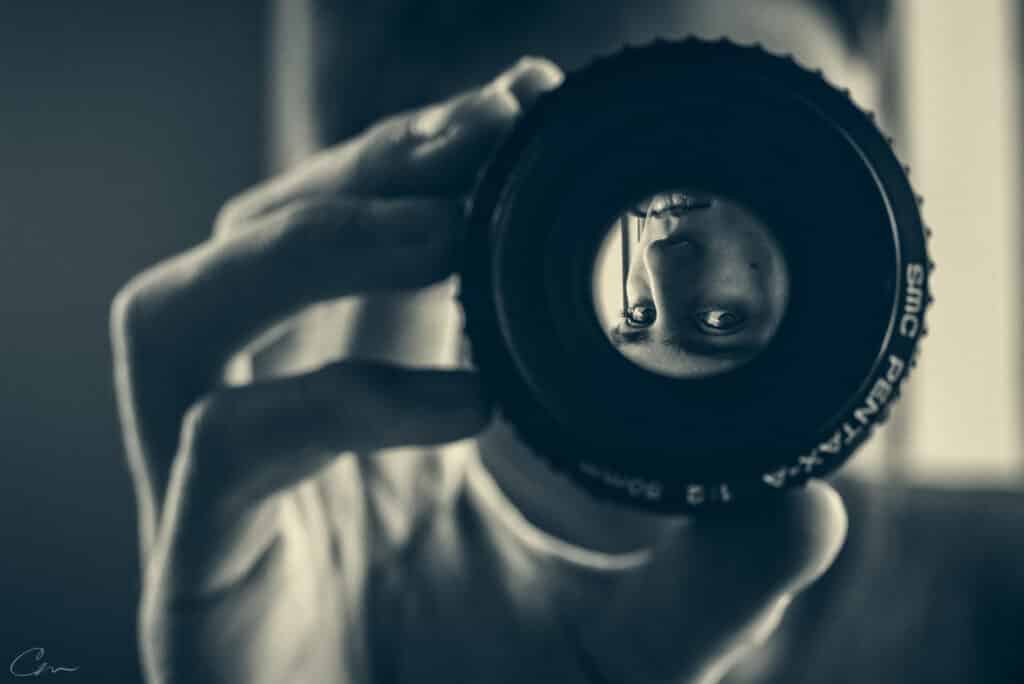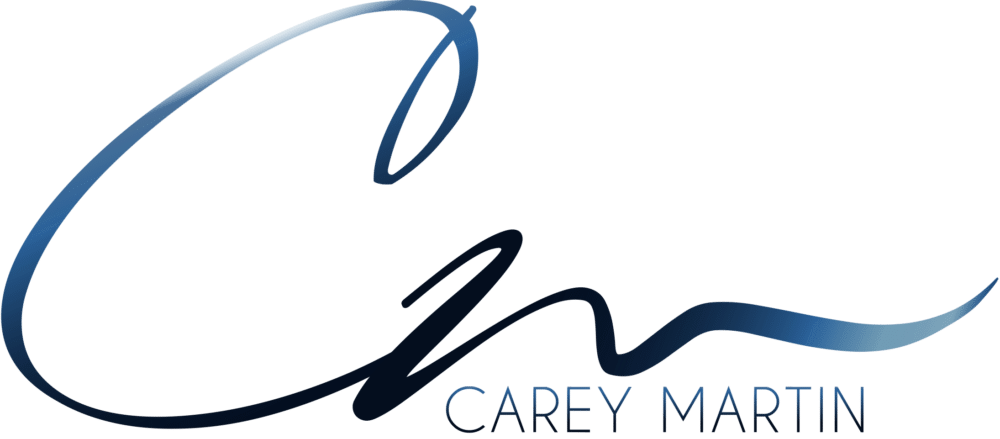I have so many fresh, “today” moments of integration to share but I need to back up to give some history. I’m going to begin with visualization because it is a foundation for all of it.
This is a practice I began as a young musician. I began performing at age 6 on the violin, adding piano at 7, horn at 11. I added multiple other instruments along the way, but those are my primary three, leading me to both a Bachelors and Masters in Music Performance.
As a kid, I was shy to play for others (normal) but also I didn’t like practicing out loud at home. Maybe because my siblings complained (I mean, it was noisy and did not sound good yet), but it mostly stemmed from my fear of failure and criticism. I wanted it to be right before anyone could hear. (Apparently as a baby I didn’t speak at all until I could form full sentences, so this fits.)
Instead of practicing out loud, I would often read the music and practice in my head. Or at night in my bed I would practice music I had memorized, or visualize an entire performance, being awesome on stage, whatever I wanted. The point is, the bulk of my practice was through imagery, not actual hands-on. My parents always wondered how I could do so well without practicing very much, even getting frustrated with my seeming lack of dedication and glib arrogance around my success.
The ability to make practice mental made it possible to practice all the time.
In high school I learned that one of the most famous horn players, Dennis Brain, did the same thing – you could only physically handle so many hours of horn-on-face time, so why not continue the practice mentally? It works and I wasn’t alone!
To this day, while I am not actively playing right now, that is still my process for most of my musical practice.
Visualization in Recovery
I’ve carried this technique through my whole life and into everything I do, most poignantly surgery recovery and rehab.
One of the reasons I ask my doctor detailed questions before each of my surgeries is to have the best understanding of what exactly will be happening in my body. I want to be able to visualize the changes and what needs to happen in order to heal and recover correctly. It isn’t just because I’m a nerd and like to know stuff. (I’m a nerd and like to know stuff.)
Visualization with healing is a powerful tool that I want to be able to use to the best of my ability, so the details help. And not just insofar as knowing what I’m doing as I physically work into rehab, but also to know exactly where to focus my thoughts and energy.
That work can begin the moment I wake up in the recovery room; I don’t need to move a single muscle to do that. Just close my eyes, visualize the area, the anatomy, the new changes, and focus my energy. This is where I skip the pain meds and work with visualization instead.
Then as I work into physical therapy and at home rehab work, I add in intention and focus with every single move. There is a strong mind-body connection, rep by rep, visualizing every fiber in motion, correct patterns, each movement matters. According to Dr. Caroline Leaf, cognitive neuroscientist and author, up to 80% of the benefit of exercise is lost with a mindset of “getting it over with” versus coming to it with a mindset of focus and purpose. I’m not interested in losing the benefits, I want every move to count!
There is seemingly limitless research on the power of visualization. I haven’t dug into much of it since it has been an organic tool for nearly my entire life, I just know it works and is a natural part of my toolbox. Visualization is my fast-track towards efficient mastery and improvement.

If you have landed on this page from an external link, please go HERE to read from the beginning. Otherwise, click on the next title below to continue.


Leave a Reply
You must be logged in to post a comment.